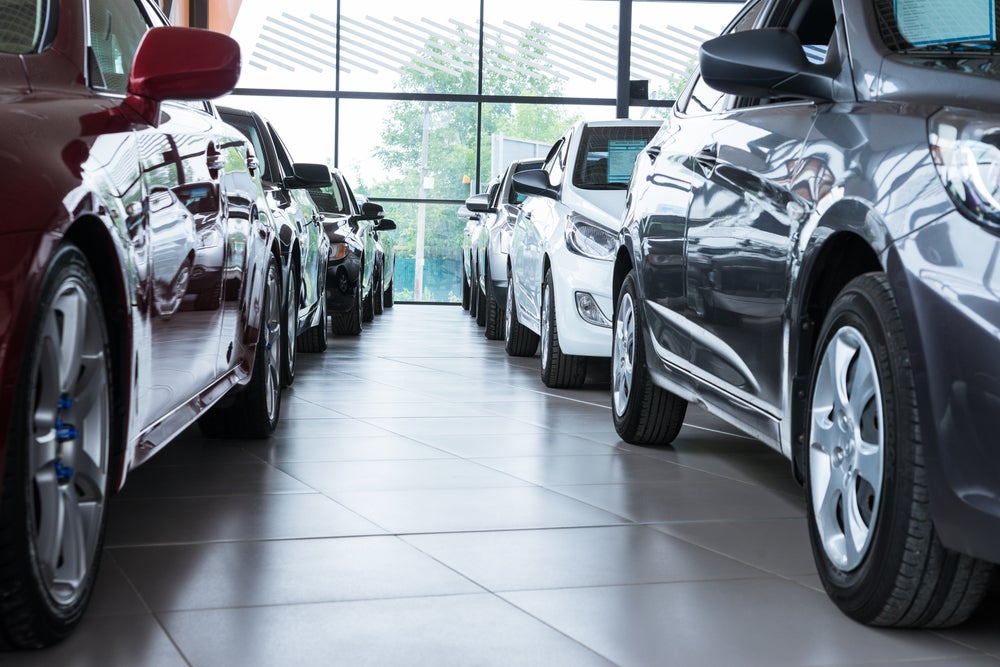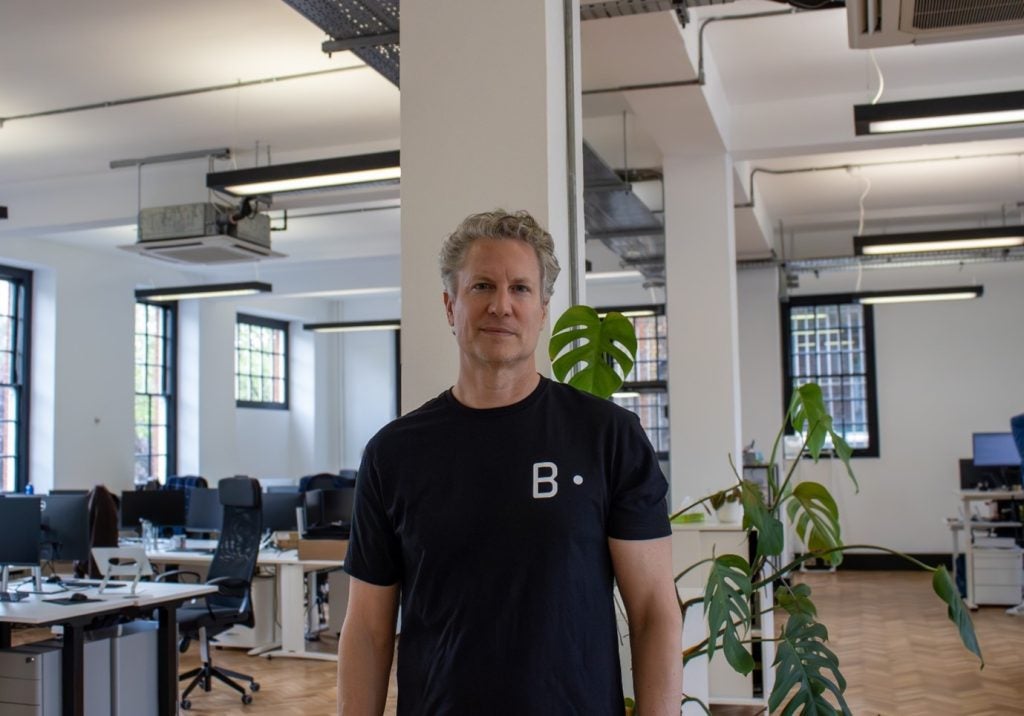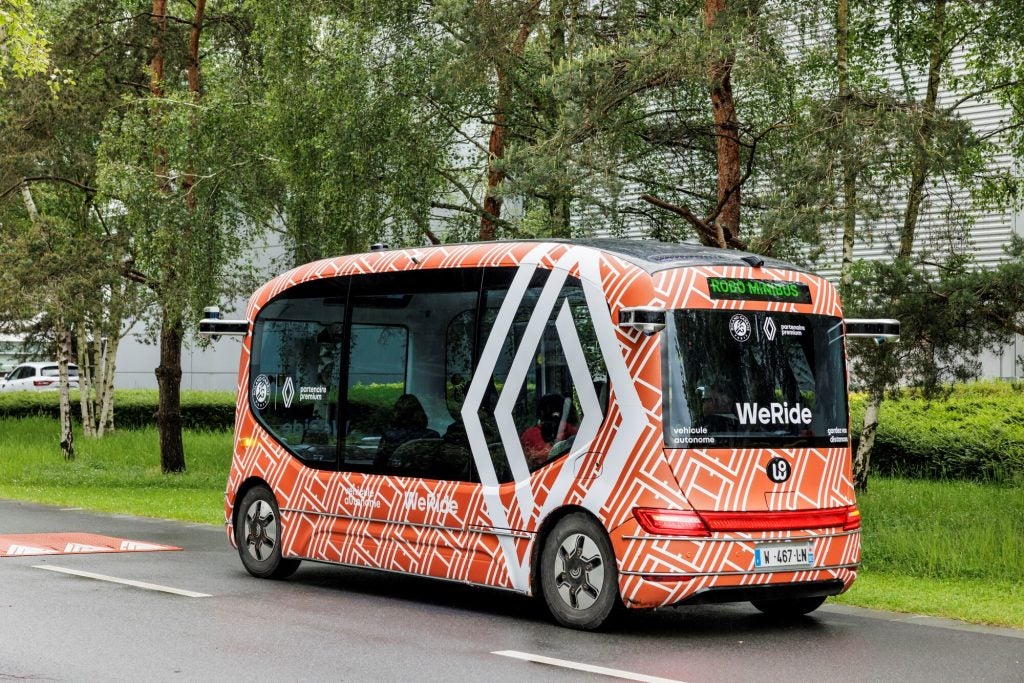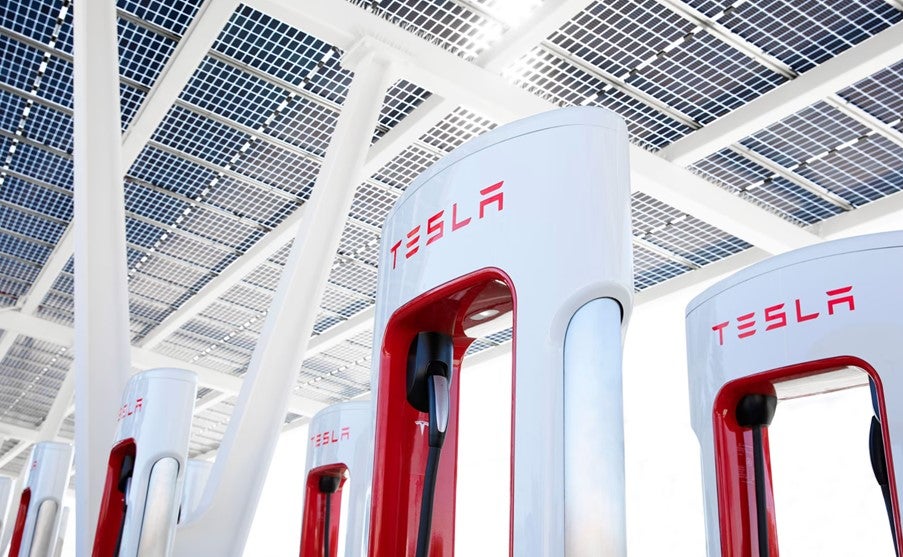AB Volvo has been granted a patent for a braking arrangement for vehicles. The arrangement includes a source of pressurized air, two wheels with different pneumatic brake arrangements, and a proportional valve that opens based on the pressure in the air line. The first and second brake arrangements engage when connected to the pressurized air and disengage when disconnected. GlobalData’s report on AB Volvo gives a 360-degree view of the company including its patenting strategy. Buy the report here.
According to GlobalData’s company profile on AB Volvo, direct injection type engines was a key innovation area identified from patents. AB Volvo's grant share as of September 2023 was 48%. Grant share is based on the ratio of number of grants to total number of patents.
Braking arrangement with different brake types for a vehicle
A recently granted patent (Publication Number: US11772624B2) describes a braking arrangement for a vehicle. The arrangement includes a source of pressurized air and two wheels, each with a pneumatic brake arrangement. The first wheel has a first brake and the second wheel has a second brake. The brakes are engaged when connected to the source of pressurized air and disengaged when disconnected. A proportional valve is positioned between the source of pressurized air and the first brake, with the opening of the valve being proportional to the pressure in the line between the source and the valve.
The patent also mentions that the first and second pneumatic brake arrangements are of different brake types. The source of pressurized air can be a compressor, and the braking arrangement includes a brake pedal arrangement that adjusts flow communication between the source of pressurized air and the first brake. The flow communication is closed when the brake pedal is released and opened when the brake pedal is depressed, increasing the pressure in the line.
Additionally, the patent discusses the inclusion of a second proportional valve between the first proportional valve and the first brake, as well as a second source of pressurized air. The opening of the second proportional valve is proportional to the pressure in the line between the second source of pressurized air and the valve. The second source of pressurized air can be a suspension airbag of the vehicle, and the pressure provided by this source corresponds to the weight of the vehicle.
The braking arrangement may also include an anti-lock braking system associated with the second brake arrangement but not the first brake arrangement. The first brake can be a drum brake, while the second brake can be a disc brake.
Overall, this patent describes a braking arrangement for a vehicle that utilizes pressurized air and proportional valves to control the engagement and disengagement of the brakes. The inclusion of different brake types, a brake pedal arrangement, and a second source of pressurized air allows for improved braking performance and control.
To know more about GlobalData’s detailed insights on AB Volvo, buy the report here.
Premium Insights
From

The gold standard of business intelligence.
Blending expert knowledge with cutting-edge technology, GlobalData’s unrivalled proprietary data will enable you to decode what’s happening in your market. You can make better informed decisions and gain a future-proof advantage over your competitors.







